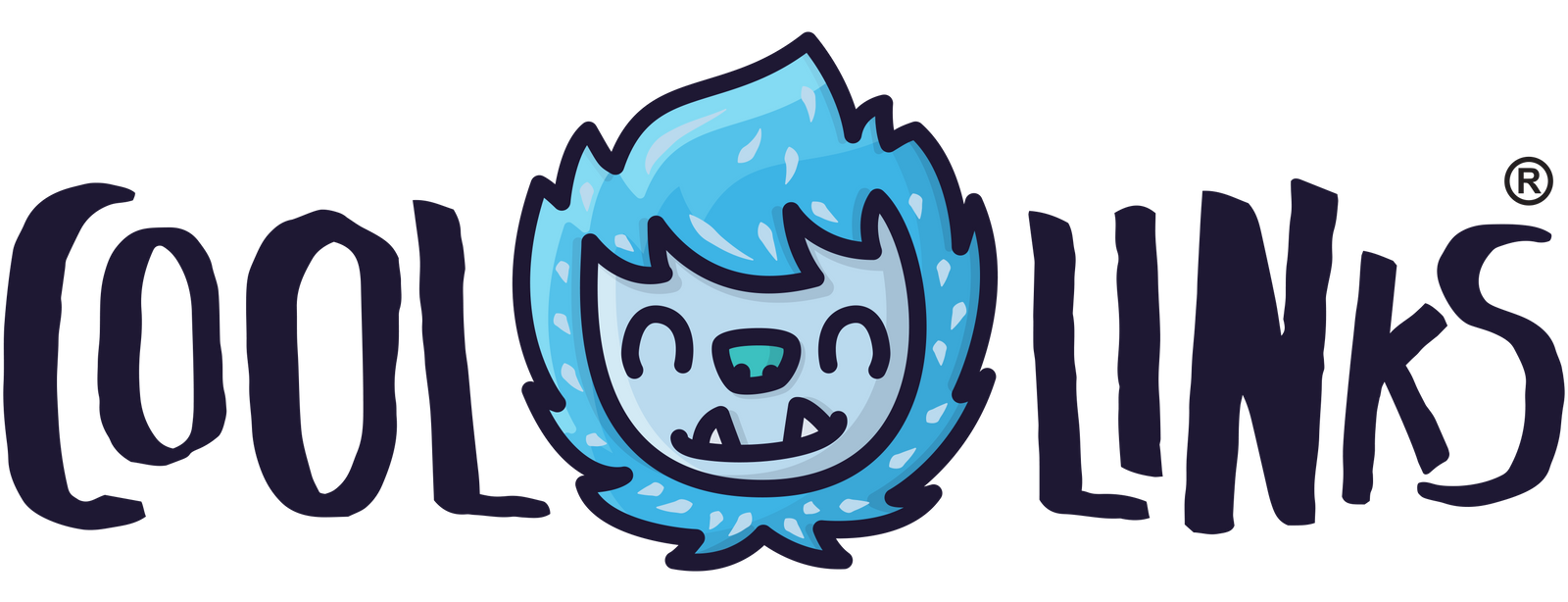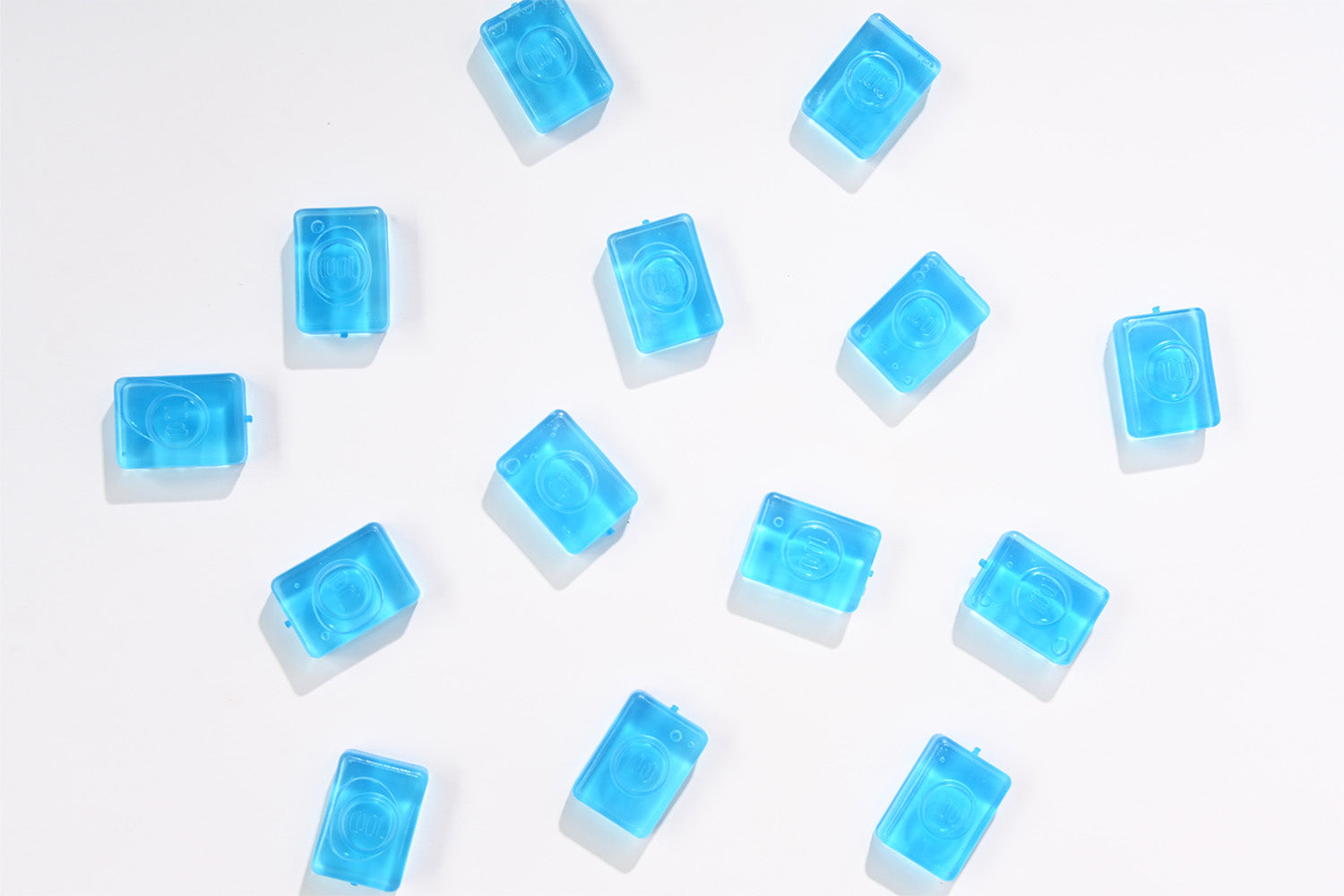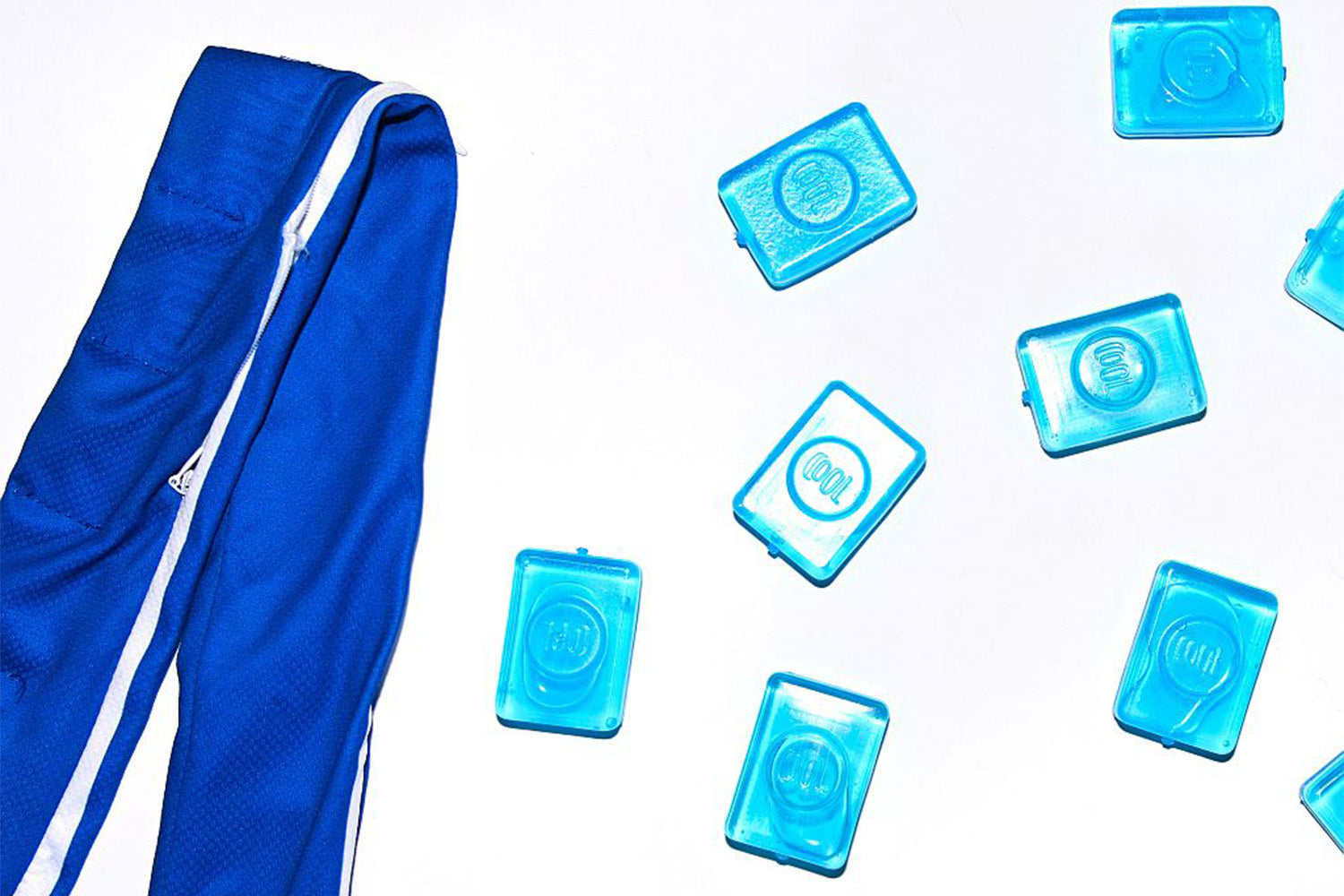As you age, your body goes through many changes. One of the most significant changes in a woman’s body is menopause, which can cause a variety of symptoms — like hot flashes.
Hot flashes are a sudden feeling of warmth, sometimes accompanied by a flush or redness on your skin. They’re caused by changes in your hormone levels, and they can be extremely uncomfortable.
Luckily, there are menopause cooling products that can help you get relief from hot flashes, including Cool Links® cooling towels. If you’re looking for a way to get relief from hot flashes, menopause cooling products are definitely worth considering. These products work by cooling your body down, which can help to reduce the intensity and frequency of hot flashes.
Cool Links® cooling towels are a fantastic option that can help you feel more comfortable and keep your cool during menopause — but what about the other cooling products on the market? How do they work?
Let's find out.
What Are the Most Common Menopause Cooling Products?
There are a few different types of menopause cooling products on the market, but some of the most popular include:
-
Cooling vests: These vests are designed to be worn over your clothes, and they work by cooling your body down through evaporation.
-
Cool Links® cooling towels:These towels are made to be worn around your neck to provide relief from hot flashes. Cool Links® provides cooling relief thanks to non-toxic reusable ice cubes that fit seamlessly into the towel. The fabric itself can also be wet with cold water and used like a traditional cooling towel.
-
Cooling gel sheets: These sheets are placed on your skin, and they work by absorbing heat and then evaporating it.
-
Fans: Some women find that simply using a fan can help to cool them down and provide relief from hot flashes.
- Cooling sprays:These sprays can be used on your skin or clothing, and they work by cooling the area where they’re applied.
How Do Menopause Cooling Products Work?
Now that we’ve looked at some of the most popular menopause cooling products, let’s take a closer look at how our favorite choice works.
Cool Links® cooling towels incorporate non-toxic reusable ice cubes into the fabric. As the cubes sit near your neck area, they help to cool your skin down. Once the cubes are thawed, you can still get long-lasting cooling relief just by wetting, wringing, and snapping the towel.
That’s up to two hours of relief from just one set of reusable frozen cubes. Once those cubes naturally warm up, just swap them out for a frozen set for two more hours of continuous and deep-penetrating comfort right to your muscle tissue.
A Cool Links® cooling towel is our number-one recommendation for menopause cooling products for a few simple reasons:
-
Reusability:Cool Links® cooling towels are machine-washable, and our ice packs can be refrozen countless times for lasting comfort.
-
Easy to use: Getting the cooling relief a Cool Links® towel provides is as simple as inserting the ice cubes, snapping the towel around your neck, and moving on with your day. The magnetic tab keeps your Cool Links® towel in place without sliding off, so you won’t have to worry about whether your cooling towel can keep up with your busy schedule.
-
Quality: Cool Links® towels are made from non-toxic materials and moisture-wicking fabric, so you can cool off with a clear conscience.
Plus, Cool Links® is like two cooling products in one, thanks to its ability to be used like a standard cooling towel just by wetting its soft and comfortable fabric.
Are Menopause Cooling Products Safe?
Menopause cooling products are safe to use, and they’re immensely helpful when you need to get relief from hot flashes. If you’re looking for a safe, effective way to cool down during menopause, these products are definitely worth considering.
Cool Links® cooling towels should be your top pick when it comes to menopause cooling products. They can help you feel more comfortable and keep your cool during menopause and provide longer-lasting cooling power than other similar products.
Need-To-Know Info About Menopause
Now that you know how menopause cooling products work, let's explore some of the need-to-know facts about menopause and hot flashes.
When (and Why) Do Women Go Through Menopause?
The average age for menopause is 51, but women can transition into this phase as early as their 40s or as late as their 60s.
So, what exactly is menopause? Menopause is when a woman’s ovaries stop producing eggs, and her menstrual periods become irregular and eventually stop altogether.
This process is natural, and it happens because the ovaries produce less of the hormones estrogen and progesterone.
As hormone levels dip, women can start to experience a variety of symptoms, including hot flashes, night sweats, sleep disruptions, weight gain, mood swings, and more.
Why Does Menopause Cause Weight Gain?
One of the most common questions that women have about menopause is why it causes weight gain.
There are a few different reasons why weight gain is common during menopause. First, declining estrogen levels can lead to a slowdown in metabolism.
This means that the body isn’t able to burn calories as efficiently as it did before. Additionally, many women find that their appetites increase during menopause, which can also lead to weight gain.
What Causes Hot Flashes?
Hot flashes are one of the most common menopause symptoms, and they’re caused by a variety of factors.
One of the most common causes is a drop in estrogen levels. Estrogen helps to regulate your body temperature, so when levels dip, it can cause your body temperature to fluctuate.
This can lead to hot flashes, which are often described as a sudden feeling of warmth that spreads over your body.
How Long Do Hot Flashes Last?
Hot flashes can last anywhere from a few seconds to several minutes, and they can happen at any time of day or night. Some women experience them several times a day, while others only have them occasionally.
Are Hot Flashes Dangerous?
Most of the time, hot flashes are just a nuisance, but in some cases, they can be associated with more serious health problems.
For example, hot flashes have been linked to an increased risk of heart disease and osteoporosis. So, if you’re experiencing hot flashes, it’s important to talk to your doctor and see how you can find relief from your symptoms.
What Are Some Treatments for Hot Flashes?
There are a variety of treatments for hot flashes, including hormone therapy and medications like antidepressants. In addition, there are also some lifestyle changes that can help reduce the frequency and intensity of hot flashes.
For example, avoiding triggers like tobacco smoke, spicy foods, and alcohol can help. In addition, managing stress, staying cool, and wearing loose-fitting clothing can also be helpful.
Why Do Some Women Get Hot Flashes and Others Don't?
It’s not entirely clear why some women get hot flashes, and others don’t. However, there are a few factors that may play a role.
For example, hot flashes are more common in overweight women and women who have never given birth. In addition, hot flashes are also more common in women who smoke and women who have a family history of hot flashes.
If you’re experiencing hot flashes, there are treatments available that can help. Talk to your doctor about your options so you can find the best way to manage your symptoms.
Additional Tips for Managing Hot Flashes
In addition to menopause cooling products, there are a few other things you can do to help manage hot flashes.
Staying Hydrated Helps With Hot Flashes
Staying hydrated is important for overall health, but it’s also helpful in managing hot flashes. When you’re dehydrated, your body doesn’t regulate its temperature as well, which can lead to more frequent and intense hot flashes.
So make sure you’re drinking enough water throughout the day — and try to avoid caffeine and alcohol in excess since these drinks can dehydrate the body.
Exercise for Hot Flashes
Regular exercise is another way to reduce the frequency and intensity of hot flashes. Exercise helps to regulate hormone levels, which can help minimize hot flashes. In addition, exercise also boosts circulation and helps the body to better regulate its temperature.
Reducing Stress To Manage Hot Flashes
Stress can trigger hot flashes, so it’s important to find ways to manage stress in your life. This may mean finding ways to relax and unwind after a long day or taking up a new hobby that helps you de-stress.
Yoga, meditation, and deep breathing exercises are all solid ways to reduce stress. In addition, spending time with friends and family can also help you relax and de-stress.
Does Eating Before Bed Cause Hot Flashes?
Eating a big meal right before bed can cause indigestion, which can lead to hot flashes. So it’s best to avoid eating a heavy meal in the evening.
Instead, try to eat smaller meals throughout the day. And if you are going to eat before bed, try to stick to light, healthy foods like yogurt or a piece of fruit.
Menopause Cooling Products: The Bottom Line
If you’re looking for a way to get relief from hot flashes, menopause cooling products are definitely worth considering. Cool Links® cooling towels are a fantastic option that can help you feel more comfortable and keep your cool during menopause.
There are also a variety of other menopause cooling products on the market, like cooling vests and cooling pillows.
These products work by helping to regulate your body temperature, which can reduce the frequency and intensity of hot flashes. In addition, staying hydrated, exercising regularly, and reducing stress can also help to manage hot flashes.
Try out a few different menopause cooling products and see what works best for you!
Sources:
Hot Flashes: What Can I Do? | National Institute on Aging
Anxiety and hot flashes: Link, causes, and how to cope | Medical News Today





